Japanese Tunnel in Davao
Tags: historical landmark, historical landmarks in Davao, Japanese soldiers, Japanese Tunnel, Japanese Tunnel in Davao, Japanese tunnels, Tunnel in Davao
Facebook: http://www.facebook.com/pages/Japanese-Tunnel-Resort/142768982454809
There are actually lots of historical landmarks in Davao, but few have captured the public imagination quite like the Japanese Tunnel.
Although there is numerous of those tunnels in Davao, the most famous is the 1 on the D’ Japanese Tunnel Family Resort (Matina Balusong, Diversion Road, Davao Metropolis,) For a small quantity ($1.25) you’ll get a guided tour from the popular Japanese Tunnel.
As you approach the tunnel, among the initial things that you can see are attractive statues, together with that of a Planet War II Japanese soldier and a Japanese woman clad in a kimono. Throughout the tunnel you can expect to also locate quite a lot of statues of Japanese soldiers too.
The Japanese Tunnel itself is simply not that long per se (only about 300 meters, or a thousand feet), but you can find many locations there that will take you farther. But, tourists are not allowed to go there simply because it is not owned by the proprietors.
Guided by the installed lighting, you will be led by your guide to a bunch of steps in which you will see the a lot of different weaponry, water banker, and offices for the Japanese soldiers. Also, there are many chapels there, which includes 1 exactly where a copy in the Golden Buddha may be seen. As you go deeper into the Japanese Tunnel, you undoubtedly will come upon vintage machine guns, bombs, explosives and a great deal of ammo and bullets.
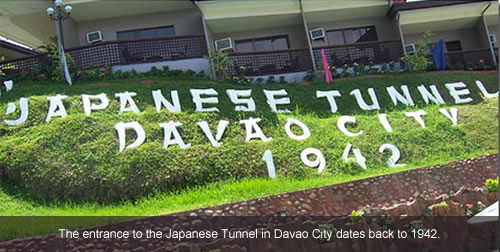
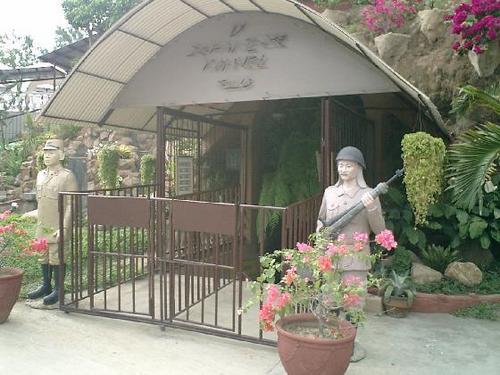
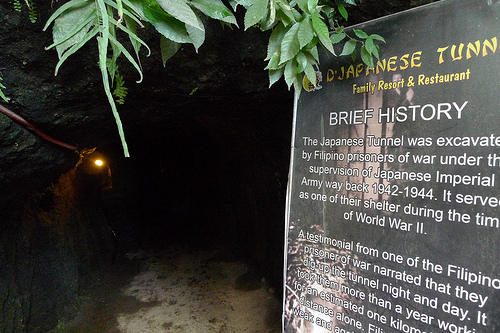
Interestingly, there have been lots of gold molders identified in the Japanese Tunnel. Whether this meant the soldiers stocked up gold from the tunnel, or were being digging for some, shouldn’t be clear, but definitely adds towards the fascination inside area.
There are actually a bunch of of those tunnels within the many different diversion roads all over Davao City, including Maa and Mintal. The reason for this is that during World War II, the Japanese located the use of tunnels as an effective means of transporting their equipment and mobilizing their forces, as it made it even more difficult for the Americans to locate them.
According towards the reports, some of those tunnels used to be long, some going on for several kilometers. Even further, there have been also areas where by they would crisscross and intersect.
These Japanese tunnels ended up being produced making use of manual labor, and thousands of Filipinos were utilized as slaves to dig and excavate the tunnels. After the war, most of these tunnels were destroyed as the metropolis was rehabilitated. However, a couple of were preserved and became the tourist spot and historical landmarks they are today.
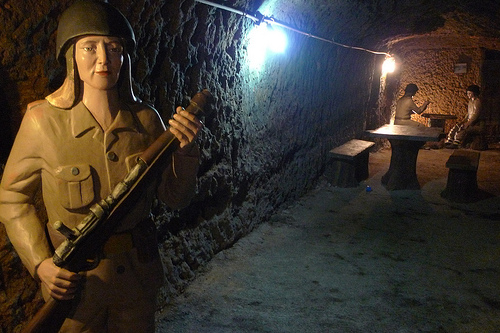
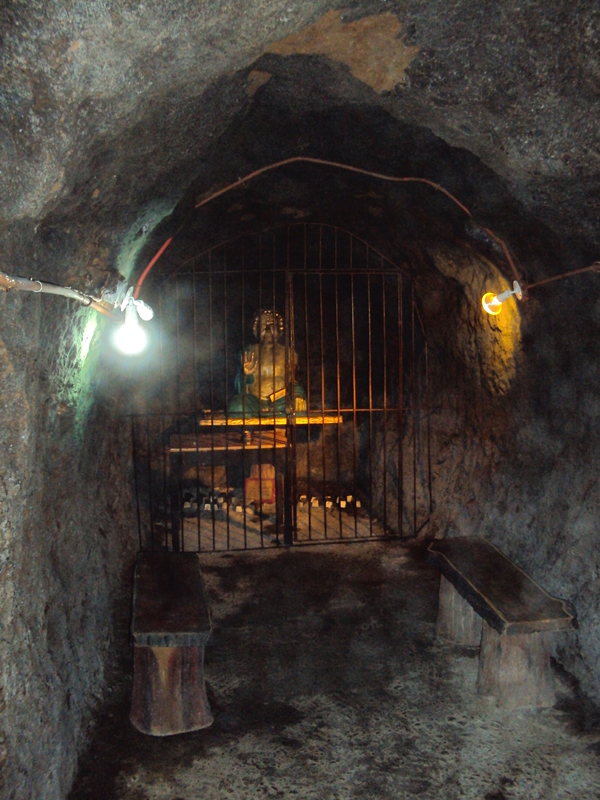






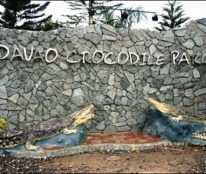
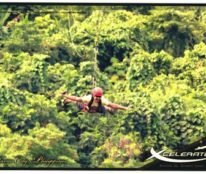


i want it